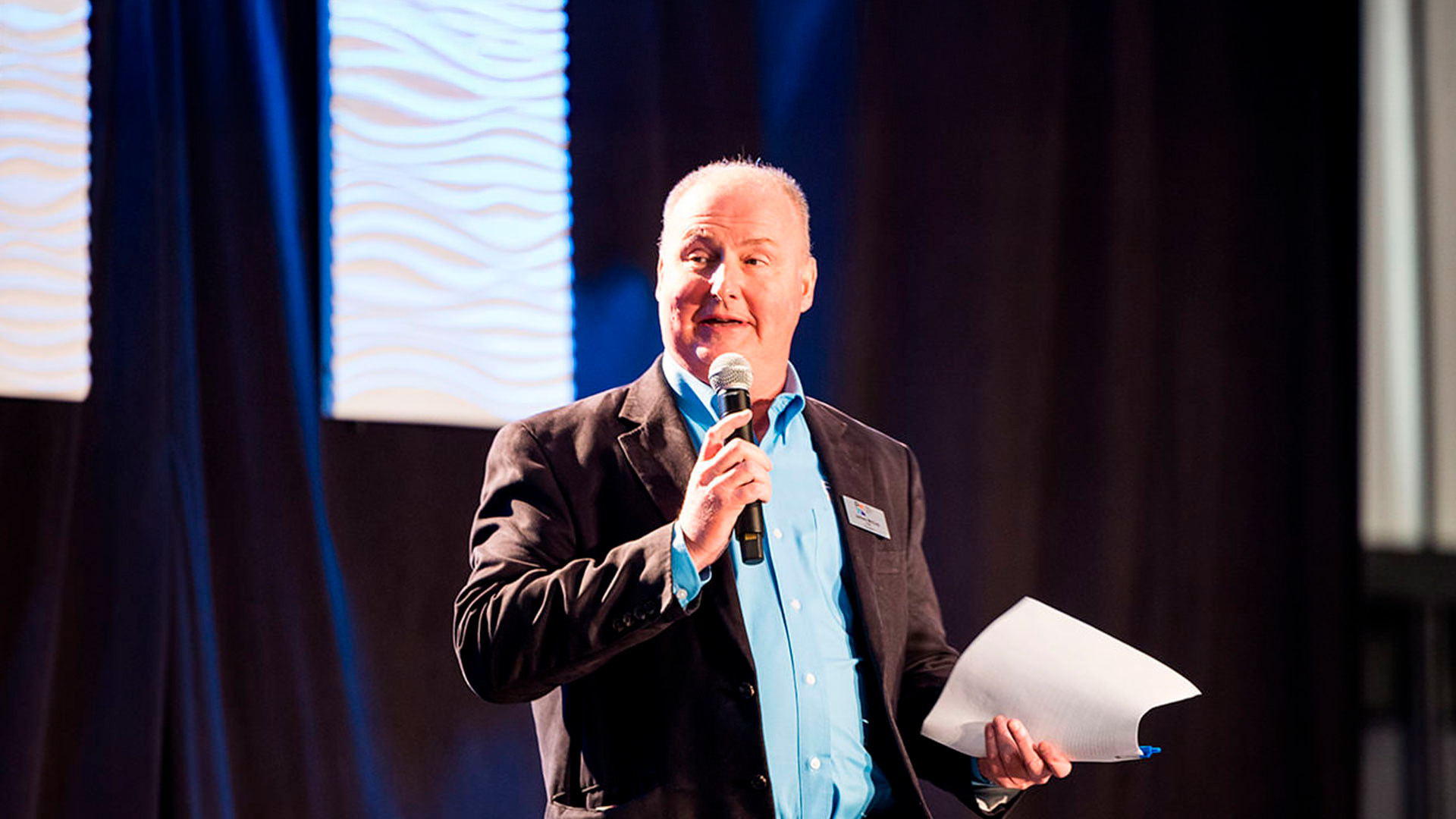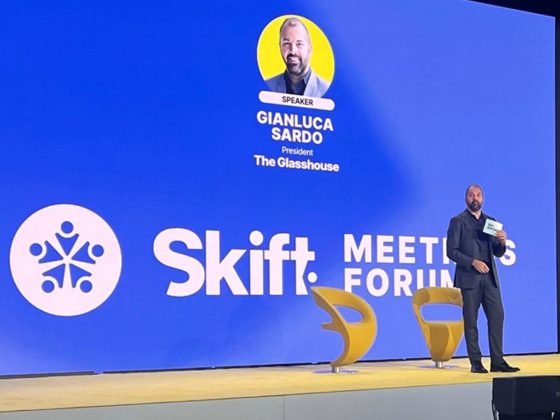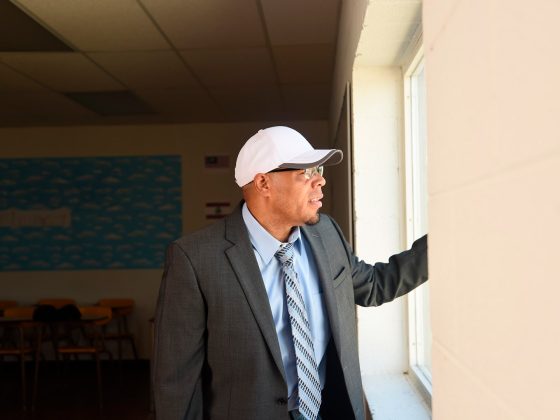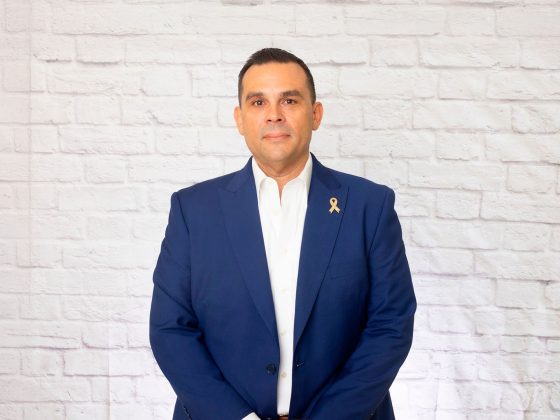Getting dozens or even hundreds of team members to communicate effectively can seem impossible. But for James McCoy, PMP, it’s all about having a solid plan, being flexible, and remembering the human element. With years of project management experience under his belt, James has figured out how to cut through the noise and keep large teams on the same page – even when they’re spread across the globe.
Plan First, Panic Never
When asked about managing communication across large teams, James doesn’t hesitate. “The biggest thing here is to establish a clear communication strategy,” he says. “In the PMI world, a communication plan is core to documenting who all the team is, what type of communications, how often, frequency, etc.” He warns about what happens without this groundwork: “The more team members you have, exponentially the more communication paths that you have. The biggest mistake is not having a communication plan because it’s almost a guarantee you’re going to feel the pain.” It sounds simple, but James has seen countless projects go sideways when teams skip this step. The communication plan serves as a reference point when things get chaotic – helping everyone understand who needs what information and when they need it.
Flexibility Beyond the Plan
While James emphasizes planning, he’s quick to point out that no plan survives contact with reality unchanged. “You have to be flexible and adaptable in communication, whether it’s culture, backgrounds, diversity, or different departments,” he explains. “Not everybody’s going to be like a standard cookie-cutter person.” This flexibility becomes especially important with global teams. “Communicating to somebody in India is different than communicating to the person sitting next to you,” James notes. He recommends supplementing structured plans with “an open and transparent communication culture” to handle the inevitable curveballs.
With remote and hybrid work now standard, communication challenges have multiplied. James has adapted his approach accordingly. “Remote and hybrid teams have their own dynamic,” he acknowledges. “I think it all comes back to having a really solid plan, but with remote teams, you need written status reports that everybody can read and review, making sure there’s communication to go back and forth.” Personal preferences also matter. “I’m old school—pick up the phone,” James admits with a chuckle. “But there’s a lot of folks that are very comfortable with only doing instant messenger. All of that needs to be taken into account in the plan.”
The Communication Future
Looking ahead, James remains skeptical of technological silver bullets, having seen many come and go. “Two or three years down the road, how’s communications evolving? We’ve had silver bullets before. I mean, back in the day, we had square pagers, right? Then the beeper, computers, the internet—it’s just one thing after another.” Yet he sees genuine potential in AI to enhance communication skills. “For people that grasp AI, it can exponentially improve our lives,” he explains. “The longer you make ChatGPT your buddy, let it know you, give it good prompts, it’s going to help you grow your communication skills and help you in areas you’re uncomfortable with.”
Despite his interest in new tools, James circles back to the human element as the foundation of effective communication. “It’s all the things outside of the plan that people struggle with,” he reflects. “Be able to care about the other person and leverage active listening and emotional intelligence.” His closing thought cuts through the noise about methods and technologies: “Don’t let the world form us. We’re created for a purpose, and we could be bigger than who we are by just caring and listening to others. That goes a long way in communicating, whether it’s a status report or whatever it is.”
Connect with James McCoy via his website or find him on LinkedIn to gain more valuable insights on effective project communication strategies and team management approaches.










